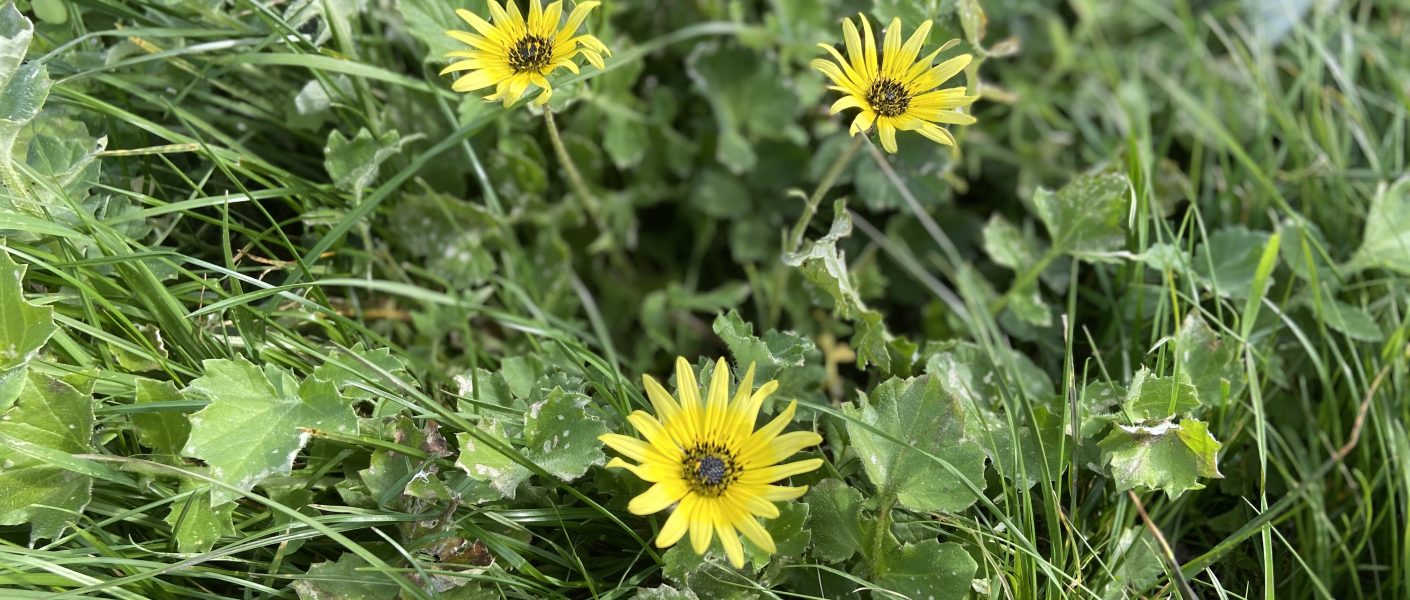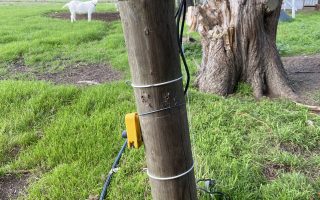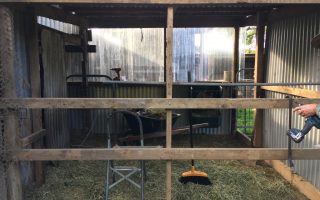What is capeweed?
Capeweed (Arctotheca calendula) is a common pasture weed that originates from South Africa. It germinates in autumn/winter and if allowed to grow unimpeded can produce hairy leaves up to 30cm in length, and yellow petalled daisy-like flowers.
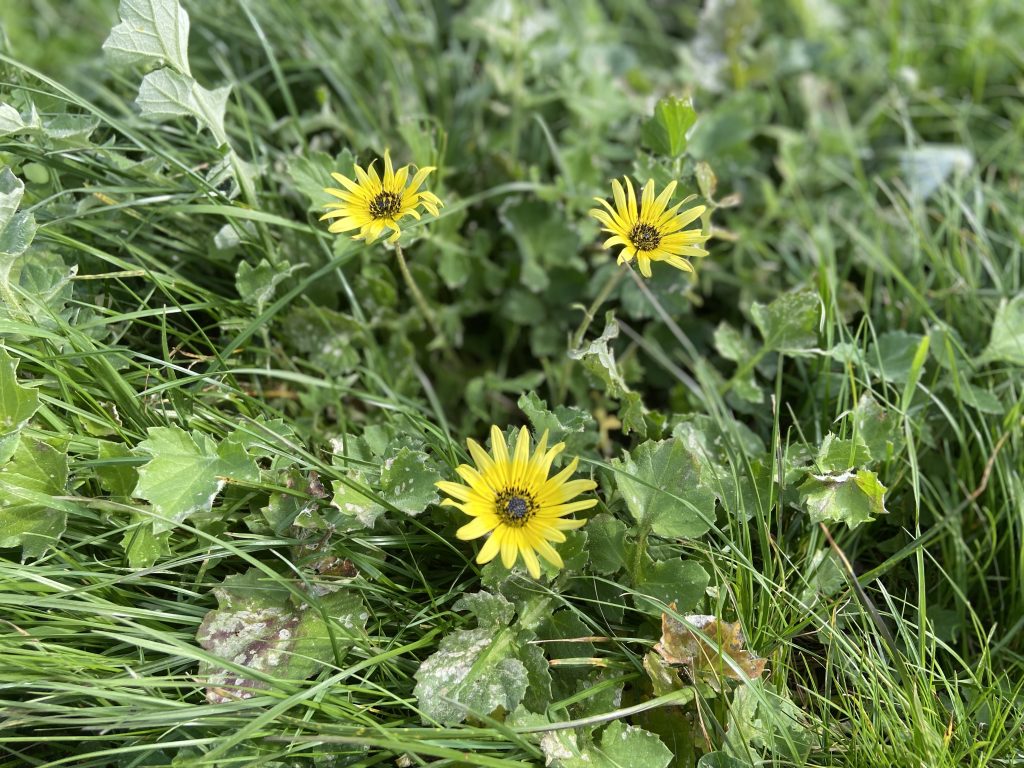
Nearly all seeds will germinate following the autumn break, and continued warmer weather following this allows the plants to grow rapidly, to the point where they often out-compete and smother other pasture species. They have some tolerance to drought and will continue to persist after a false break, giving them an advantage over other plants that are not capable of surviving this. Capeweed flowers from early spring, after which it will rapidly die off. This will leave a bare patch of soil which can be susceptible to erosion and further weed set.
It often grows in areas of disturbed soil, and may also be indicative of soil mineral deficiencies.

Whilst it does have some fodder uses and can be eaten by livestock, capeweed can also cause nitrate poisoning leading to scouring and even death if intake is not moderated. It is therefore incredibly important to try to restrict capeweed growth in pasture.

Control methods for capeweed
You can managed capeweed control in pasture in several ways.
Chemical control
The good news is that capeweed is highly susceptible to certain selective herbicides, but it is important to get the timing and chemical right, as many of these herbicides can also adversely affect beneficial pasture species such as clover. It is best to do this before flowering occurs. MCPA, DiCamba, Machete are a few herbicides that have excellent success rates with capeweed control.
Physical control
Capeweed is also easily removed by hand, so small numbers might be better tackled this way. Ensure that all leafy matter is no longer attached to the tap root, as doing so may allow the plant to regenerate. It is usually best to remove and expose the entire root, as this will dry it out and prevent regrowth.
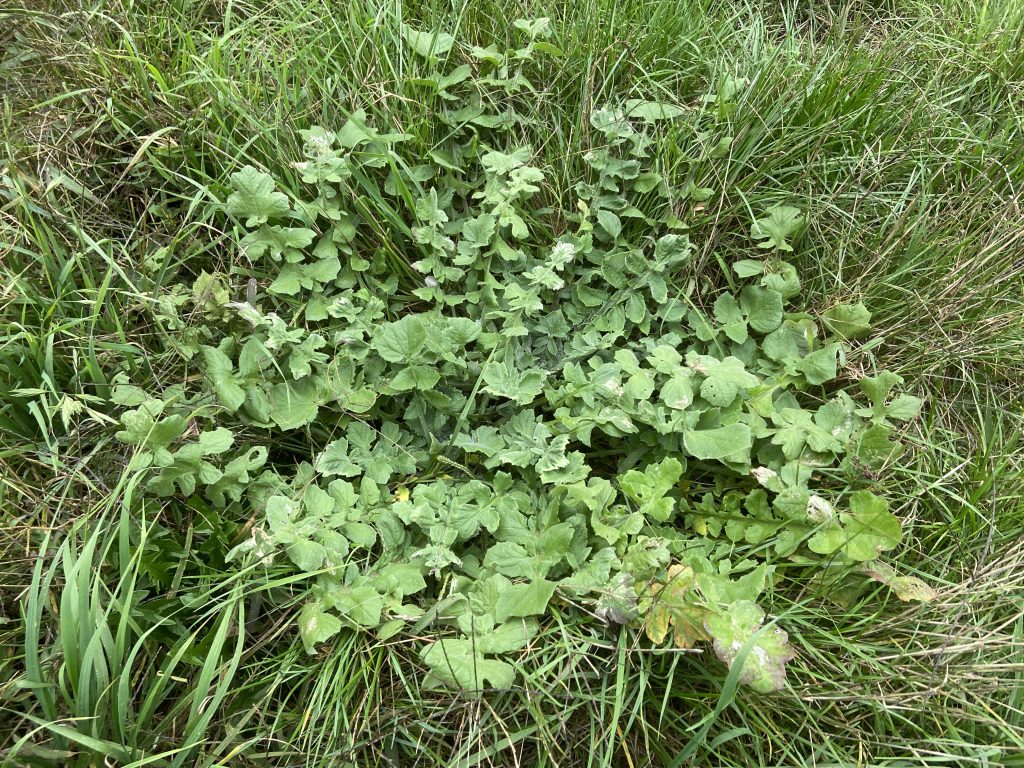
Cultural control
Another way to try to control capeweed is to utilise your stock to help eat the vegetation down. When this is done shortly after spraying with a broadleaf herbicide, this technique is known as spray grazing. One of the effects of spraying with certain herbicides actually makes capeweed more palatable to stock, so provided you follow the application directions carefully, this can reduce your need for as much chemical use. This can therefore save on costs as well as actually utilising your animals to help get rid of the problem weed.
Biological control
Red-legged earth-mite feed on capeweed, so therefore could be considered a biological control method. Unfortunately they do prefer to feed on clover, so this may also lead to reduced clover productivity.
You could also consider conducting a soil test analysis. Whilst capeweed does prefer fertile conditions, soil mineral levels may not be optimum for the pasture species you wish to grow and require additives to optimise this.
If you have any queries about how to control capeweed on your farm, please don’t hesitate to reach out.

